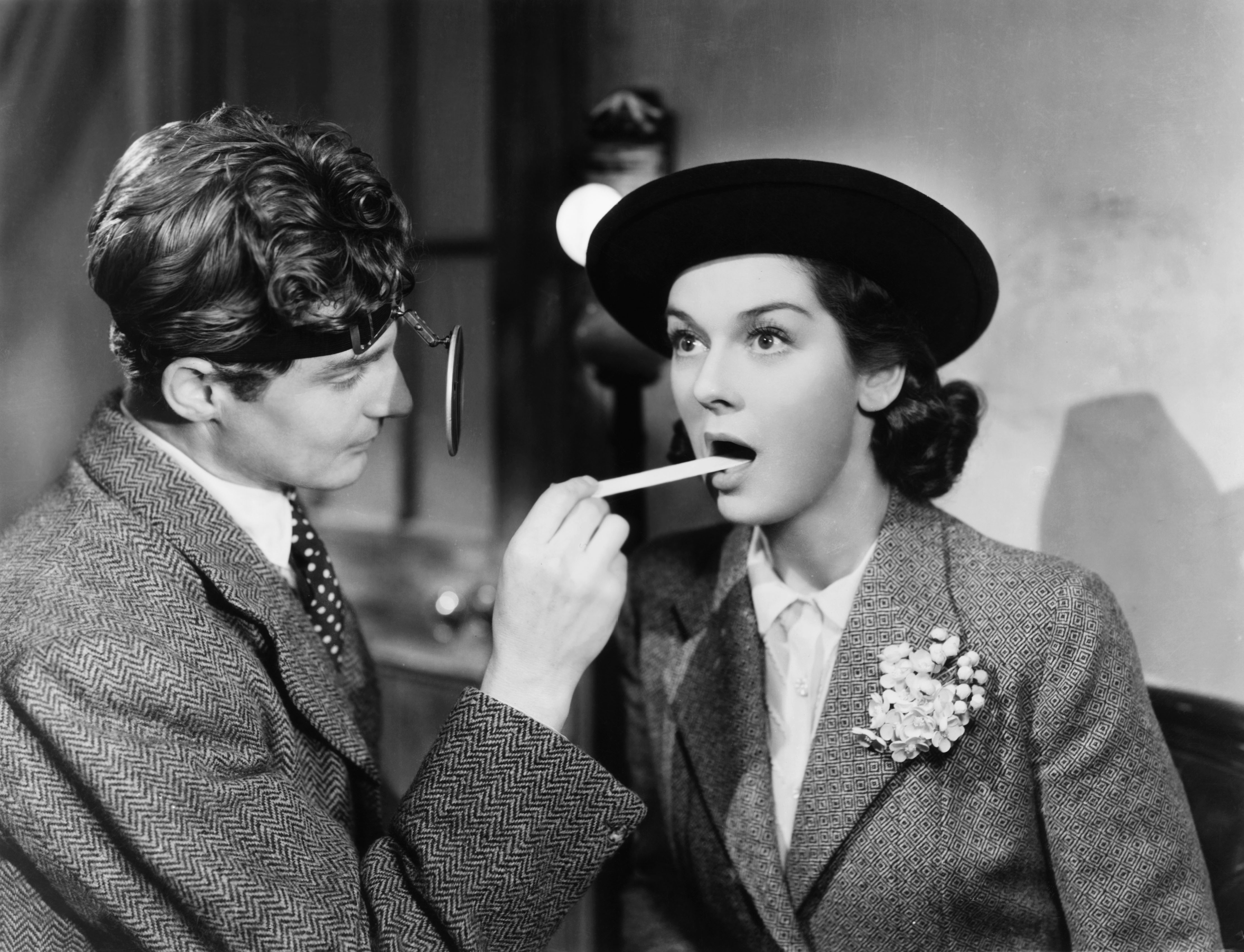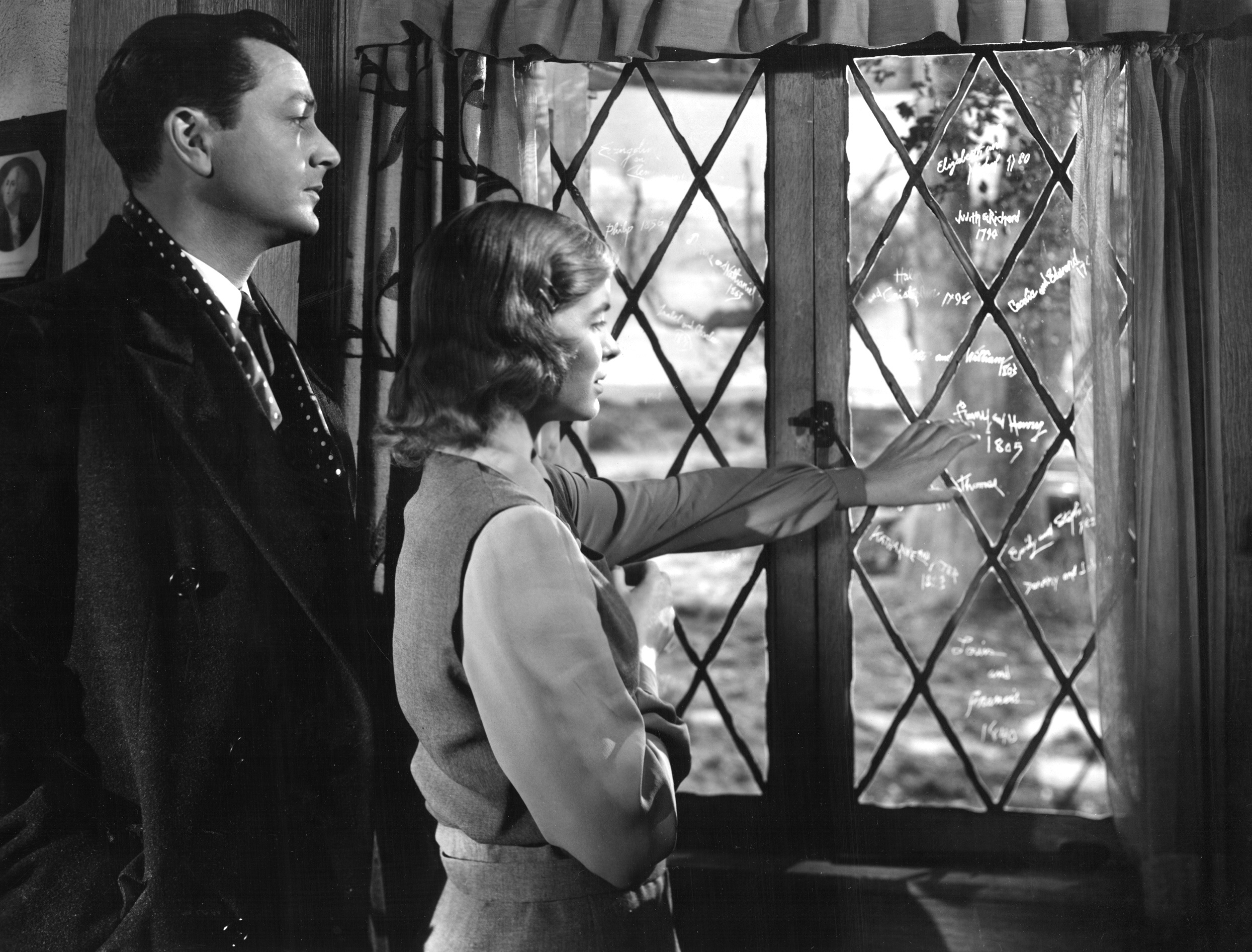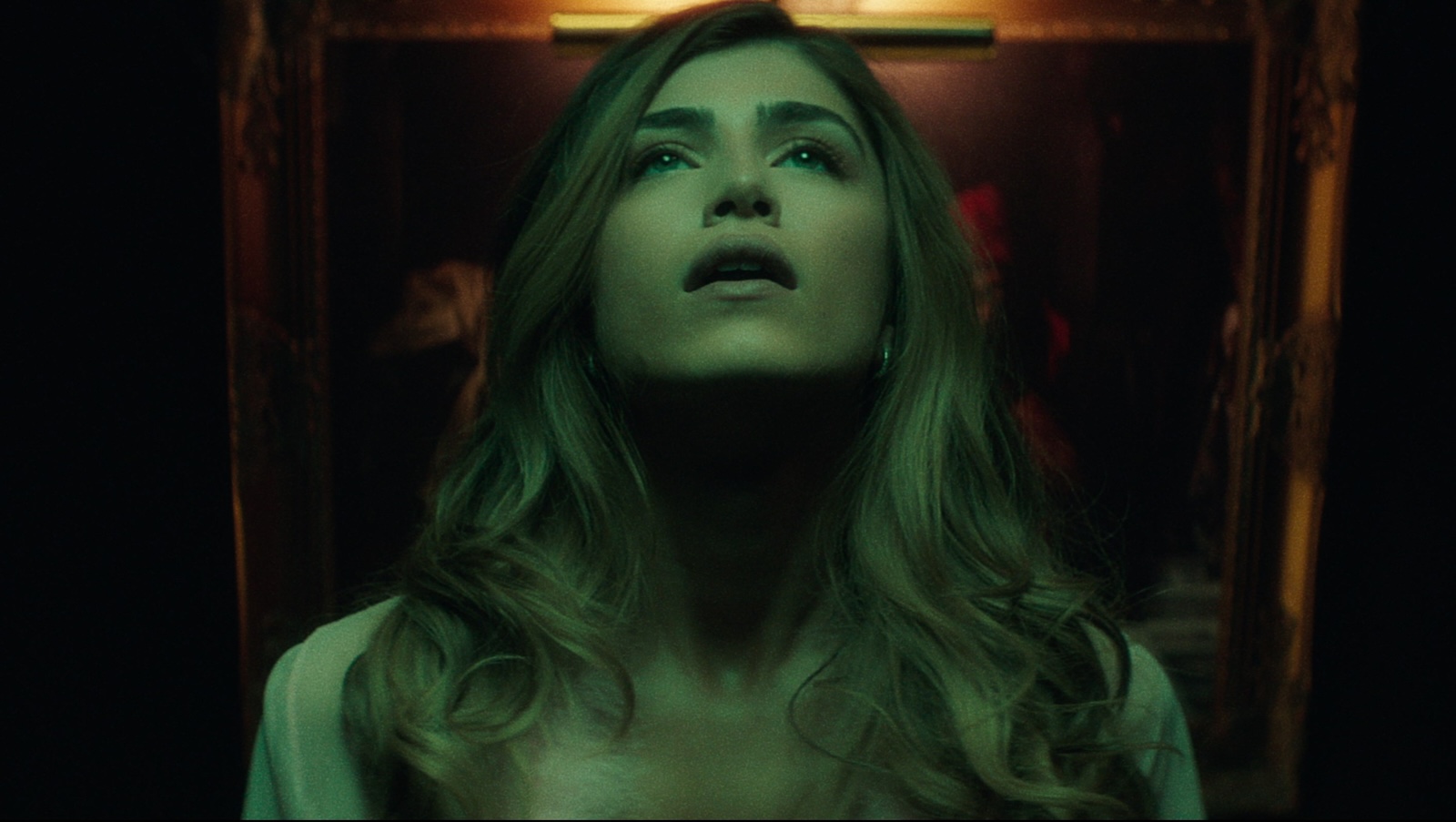Film history is littered with movies unappreciated in their time but reevaluated and rediscovered later — movies like “It’s a Wonderful Life,” “Sorcerer,” and John Carpenter’s “The Thing,” all of which bombed on their initial release but are now almost unanimously considered cases where audiences and critics got it wrong. But the reverse is also true — there are hundreds of films celebrated in their moment but eventually forgotten in spite of garnering awards attention, and wide audiences.
Two such movies, “The Citadel” (1938) and “The Enchanted Cottage” (1945), are newly available on Blu-ray from Warner Archive and worthy of rediscovery — these are cases where everyone had it right the first time around, a few dated elements in each notwithstanding. That both films have come to be seen as a bit creaky probably has as much to do with the inferior home video transfers they’ve been subjected to in the past as with any inherent faults — a problem Warner Archive‘s flawless new editions laudably correct.
Like many movies that scoop up accolades in their moment only to have later generations of critics turn on them, “The Citadel” is a social problem picture. In this case, the problem is ethics in the medical profession, as young doctor Andrew Manson (Robert Donat) moves from idealism to disillusionment and back again when faced with ignorant patients who are skeptical of his conclusions, economic hardship, and crooked colleagues.
Actor Donat deftly conveys Manson’s drastically shifting perspective, the film meticulously calibrated by master director King Vidor — both Oscar-nominated for their efforts. The movie was also nominated for Best Picture (it lost to “You Can’t Take it With You,” whose director Frank Capra also took home a bald swordsman) and Best Screenplay for its clear and concise adaptation of A.J. Cronin’s novel by Ian Dalrymple, Frank Wead, and Elizabeth Hill (who would soon become Vidor’s third wife).
All these honors were justly bestowed upon “The Citadel,” mounted with a restrained sense of classicism that makes the movie’s underlying rage all the more potent. The film’s indictment of the medical establishment of the time is rather scathing, and a bit ahead of its time in the risk-averse Hollywood of the 1930s — it feels like the kind of thing Stanley Kramer would have done 20 or 25 years later.

That Vidor not only got away with his controversial position but was lauded for it might be because the story was set in the United Kingdom rather than the United States; the film was a British co-production on which the only Americans were Vidor and actress Rosalind Russell, terrific here as the doctor’s love interest. (Her sincere and understated performance comes as quite a surprise for contemporary viewers who know her primarily as the heroine of Howard Hawks’ snappy “His Girl Friday.”)
“The Citadel” was one of those rare movies like Oliver Stone’s “JFK” that actually motivated concrete political action; the shameful conditions the film and its source novel depicted led to the creation of Britain’s National Health Service in 1947. In terms of “The Citadel” being considered a work of art by later generations, however, this positive social change was probably more of a hindrance than a help — ever since the French critics of Cahiers du Cinéma (correctly) exalted the work of previously unheralded genre filmmakers like Hawks, Sam Fuller, and Budd Boetticher, there’s been a strain of criticism that looks at Vidor’s kind of earnest seriousness with a skeptical eye.
Yet “The Citadel” remains surprisingly entertaining and energetic, and relatively timeless in its concerns — the uninformed boobs who Manson finds himself bumping up against, sadly, do not feel like they come from another era. (The same cannot be said for a hysterical woman Manson treats, who the movie, in one of its few badly dated moments, suggests simply needs a man and kids to shake some sense into her.)
If “The Citadel” feels relatively modern in its attitudes and pleasures, the same can’t really be said for “The Enchanted Cottage,” which is more unintentionally hilarious in its weaknesses yet reaches more transcendent heights when it works. An allegory about the transformative power of love, “The Enchanted Cottage” is trite and simplistic when stripped down to its core story elements, yet its emotional power is considerable thanks to director John Cromwell‘s supreme execution — this movie is the ultimate demonstration of Roger Ebert’s belief that a movie is not about what it’s about, but about how it’s about what it’s about.

The premise of “The Enchanted Cottage,” based on a 1923 play by Arthur Wing Pinero that had already been adapted as a silent film in 1924, is that two emotionally damaged people — a disfigured war veteran (Robert Young) and the homely caretaker of a seaside cottage (Dorothy McGuire) — come together in that cottage and find themselves physically altered by some kind of magical force. As they fall in love, the cottage makes the veteran handsome and the caretaker beautiful — or so they think.
“The Enchanted Cottage” demands a pretty hefty suspension of disbelief from the viewer, particularly since the notion that McGuire is physically repellent is completely laughable — she doesn’t wear makeup or have her hair done in the glamorous style of the Hollywood studio era, but that’s about the extent of her “homeliness.” The movie more than meets the audience halfway, providing an abundance of genuinely moving moments between the two lovers, generated almost entirely by Young and McGuire’s delicate performances and Cromwell’s elegant style.
John Cromwell isn’t well remembered today — he’s probably better known among movie buffs for being “Babe” farmer James Cromwell’s dad than for any of the 47 movies he directed — but in his time, he was known as a sturdy craftsman who directed stars like Bette Davis (“Of Human Bondage”), Humphrey Bogart (“Dead Reckoning”), and Jennifer Jones (“Since You Went Away”) in handsomely mounted prestige pictures, often based on established literary properties. That description really doesn’t do Cromwell justice, though. At his best, he’s able to tease remarkable emotional effects out of even the stodgiest material.
“The Enchanted Cottage” is a case in point. Although the screenwriting pedigree is strong — the script is attributed to “Cat People” scribe DeWitt Bodeen and Herman Mankiewicz of “Citizen Kane” fame — the movie is somewhat limited by its antiquated attitudes and comical overreactions to McGuire’s plainness. (The “Cat People” connection is apt, given that random men react to McGuire’s perfectly fine-looking face with horror suited to something you’d see in a Val Lewton suspense picture.) Yet Cromwell turns even these shortcomings to his advantage when it comes to the filmmaking, relying on clever cinematic means to sell the premise.
McGuire, for example, eschews obvious prosthetics or props in favor of a subtler approach to illustrate the difference between how others see her and how she is seen by the man who loves her. Cromwell had costume designer Eddie Stevenson create doubles of her wardrobe, so that she would have clothes that looked great for the scenes from Young’s perspective and ill-fitting costumes for the others.
Cinematographer Ted Tetzlaff does his part too, lighting McGuire from below and with harsh shadows for much of the film while giving her a soft, luminous quality in moments when Young is falling for her, and there are many other areas where “The Enchanted Cottage” creates poetic effects through the sheer Hollywood craftsmanship on display. While McGuire went without prosthetics, for example, Young’s war-scarred face is expertly executed — realistic and restrained, with detail that holds up to scrutiny even in the new Blu-ray’s razor-sharp imagery.
This all enables Cromwell to create a sophisticated sense of alternating points of view without resorting to explicitly subjective point of view shots; the camerawork is invisible in the classical Hollywood style, but it’s expressive and powerful. The special effects work is outstanding as well, with a combination of matte paintings and location work that vividly evokes a rural New England without ever getting more than a few miles outside of Santa Monica.
The seriousness with which everyone on the film, from Cromwell and the actors on down to the costume, camera, and optical effects departments, treats the material has a magical effect not unlike that of the cottage on its inhabitants — it transforms something clunky into something beautiful by sheer force of will and artistry. And it’s certainly never looked more beautiful at home than it does on the new Warner Archive Blu-ray, which maintains the label’s consistently high standards for image and sound quality.
Unlike “The Citadel,” “The Enchanted Cottage” didn’t get any love from the Academy, and the reviews were mixed, but it was a big hit with audiences, making a strong enough impression that Carol Burnett could parody it decades later with a TV skit called “The Enchanted Hovel.” Seeing “The Enchanted Cottage” restored to its original luster, it’s easy to see why the movie worked — 81 years later, it still does.



